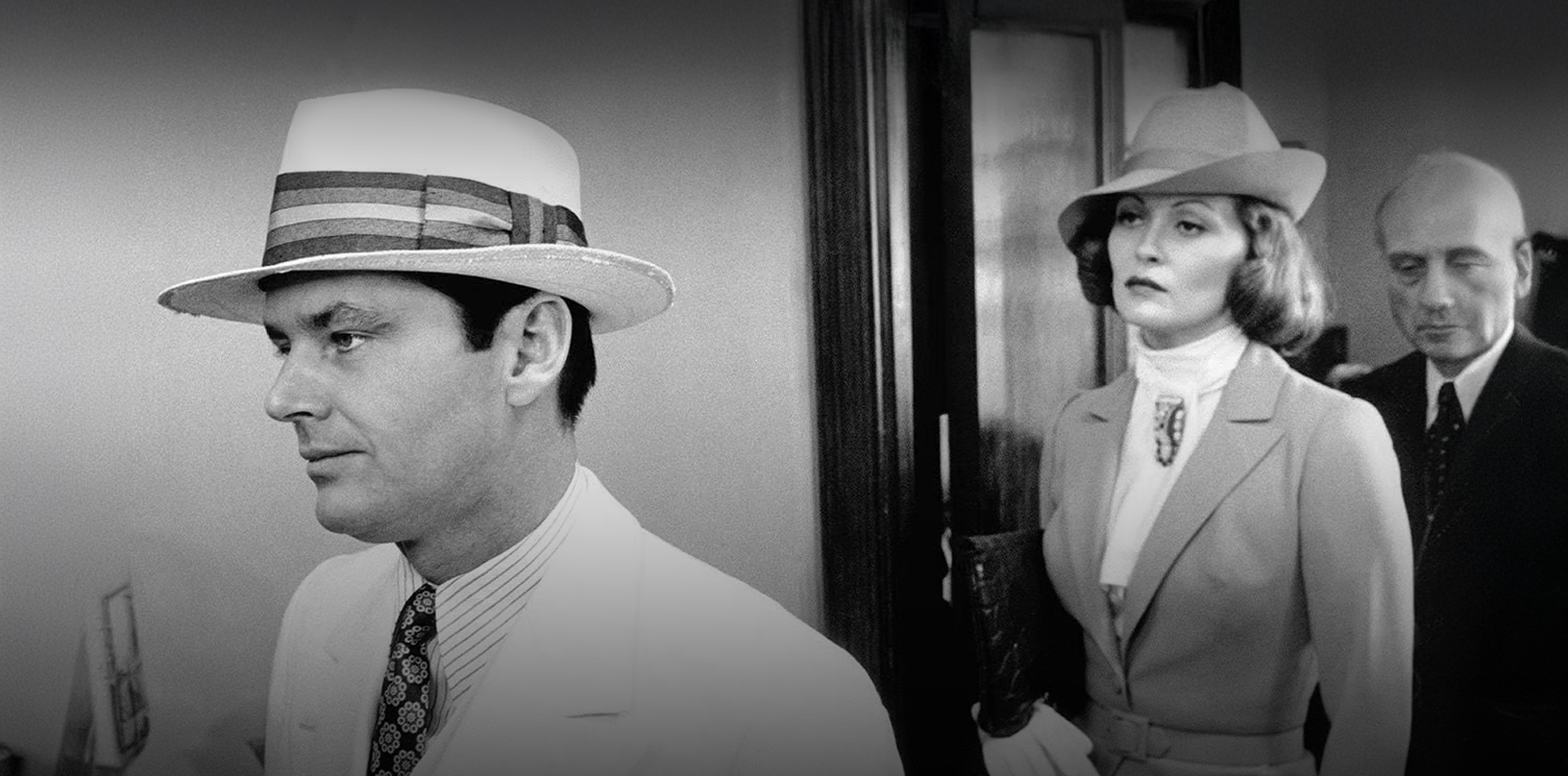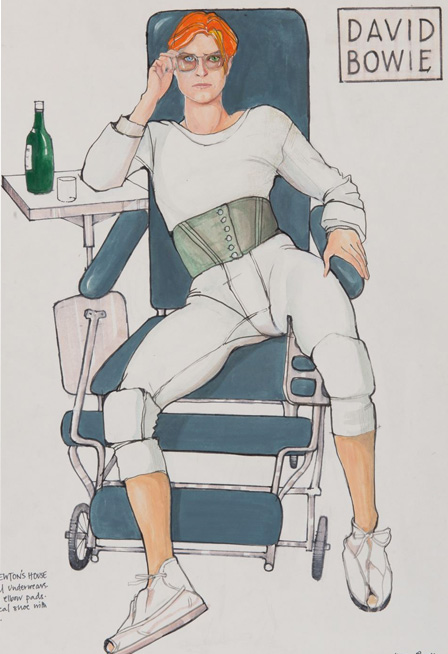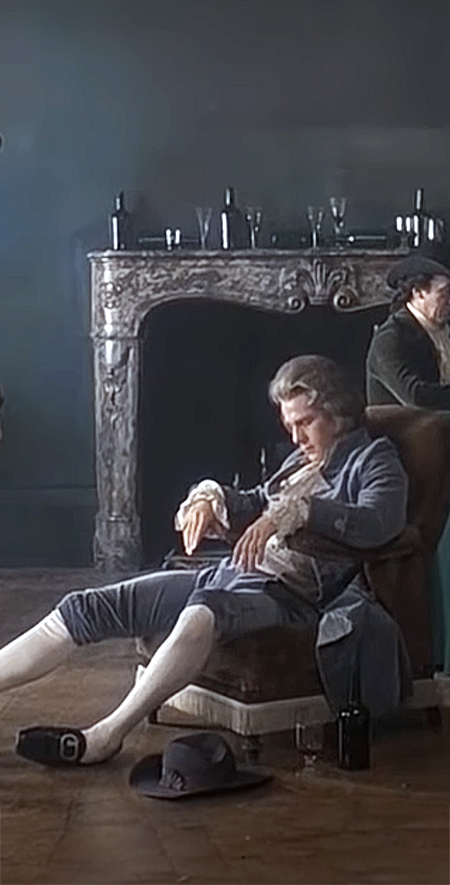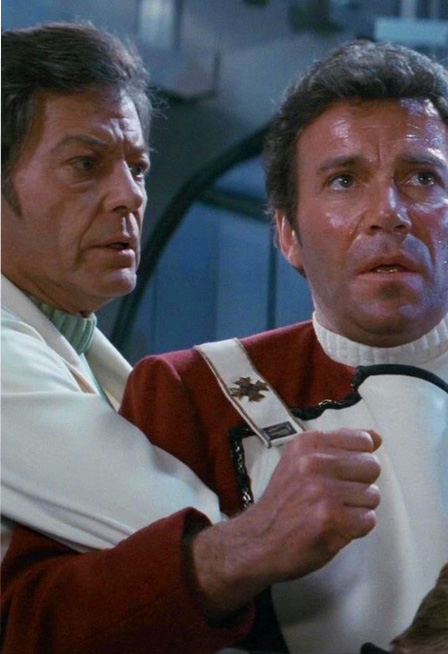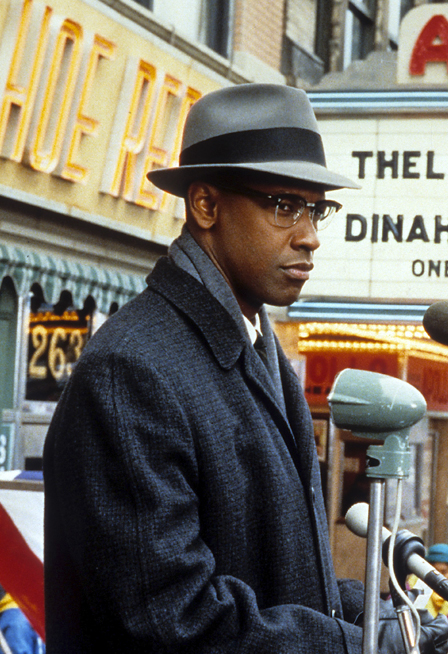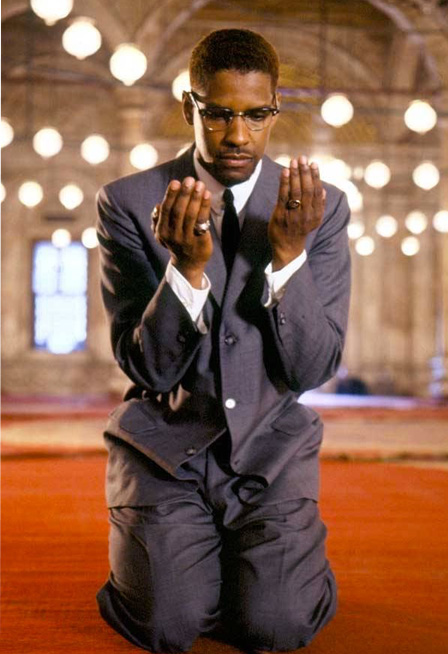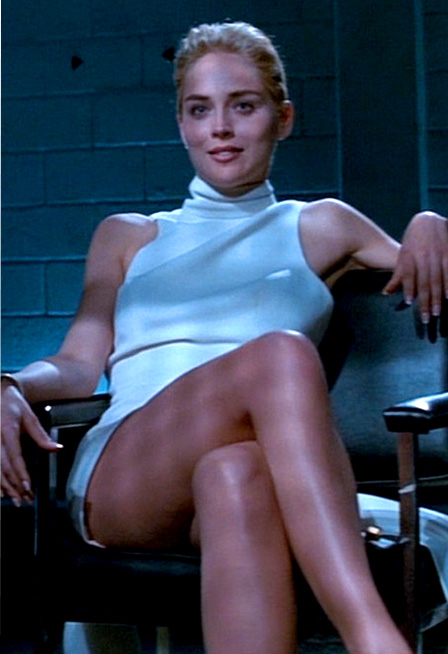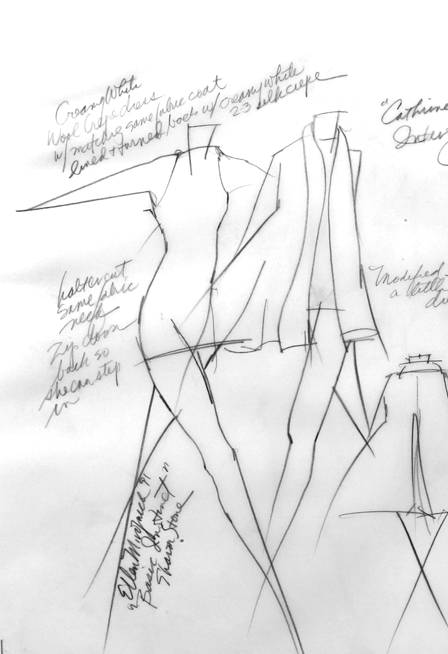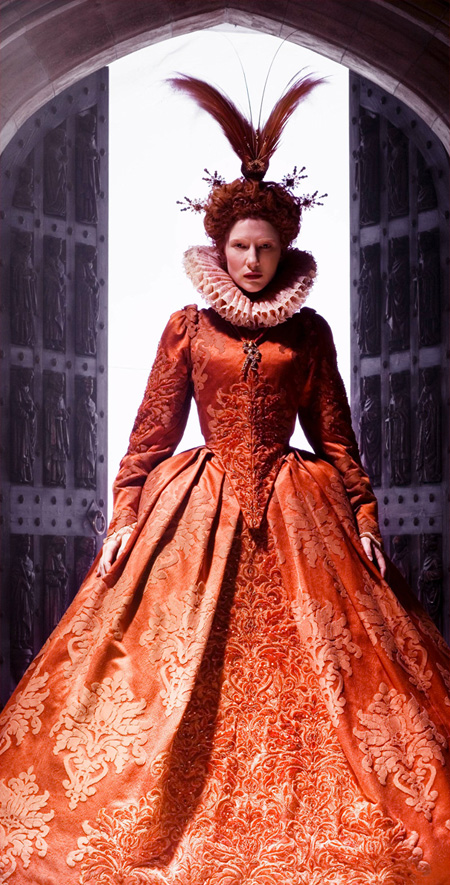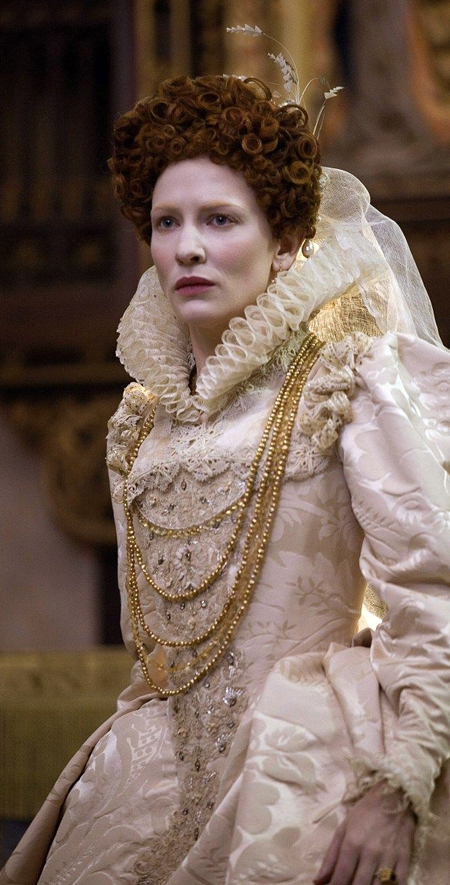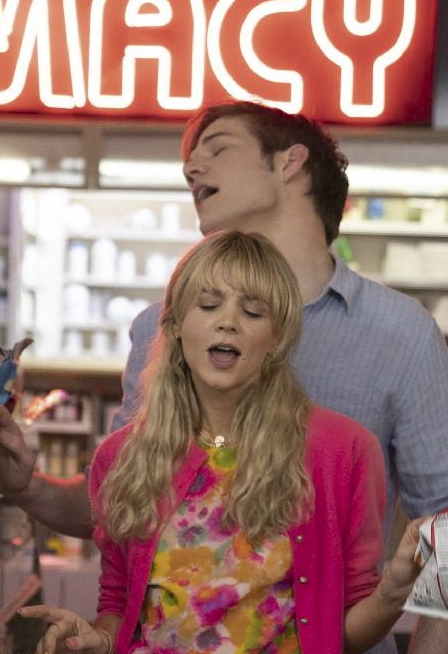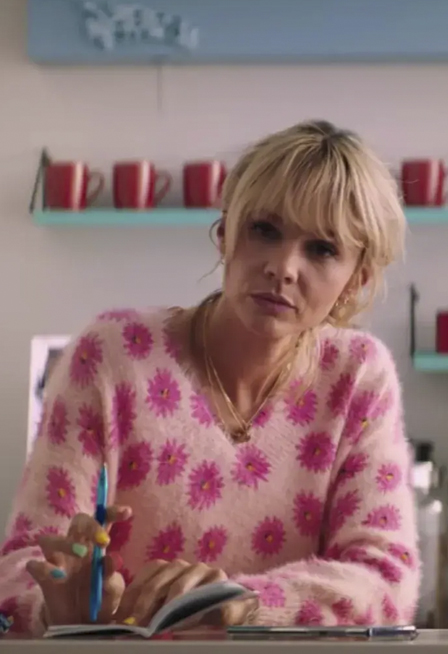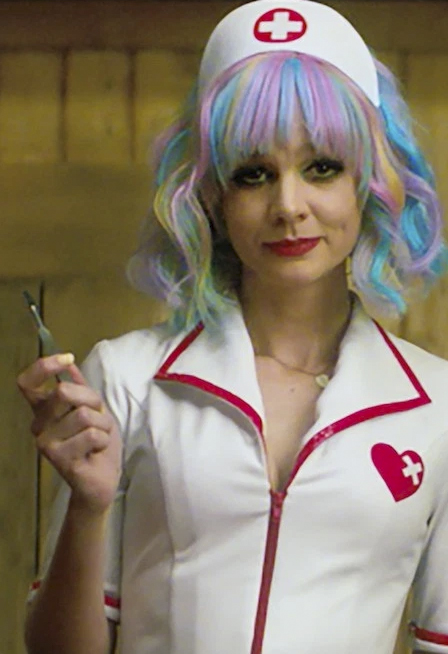We Believe History is
Storytelling1920s-1930s
The first moving pictures catapulted costume into the public eye when scripts quickly exceeded early actors’ abilities to dress themselves. As audiences grew, theatres sprang up, and movies soared in complexity, costume design for film became a new occupation. In black and white celluloid, costume designer Travis Banton forged signature looks for icons such as Marlene Dietrich and Louise Brooks. In 1927, the introduction of sound ushered in the glamour of Hollywood’s golden age. The joy of musicals like Fred Astaire and Ginger Rodgers’ Top Hat, by Bernard Newman, captivated Depression Era audiences, while in 1939 saw Gilbert Adrian’s costumes for The Wizard of Oz realized in dazzling technicolor. Hollywood’s impact was felt world-wide.
Adrian is most well-known for his designs in The Wizard of Oz including the ruby slippers
“I don’t think it was my best work or even the biggest thing I ever did… But that picture, of course, will go on forever, and that green dress, because it makes a story point, is probably the most famous costume in the history of motion pictures.” –Walter Plunkett

1940s-1950s
World War II inspired escapism in audiences. The decade opened with Walter Plunkett’s civil war drama Gone with the Wind, and Adrian’s costume collaboration with Joan Crawford minted the strong-shouldered silhouette of the decade. Edward Manson Stevenson designed the legendary movie Citizen Kane and It’s A Wonderful Life. Casablanca, by Orry-Kelly, epitomized Film Noir. In contrast, Fifties postwar affluence produced images like Marilyn Monroe standing over a subway grate dressed in William Travilla’s billowing white halter. Moss Mabry shunned glamour for gritty realism in Rebel Without A Cause, appealing to the newest demographic, the teenager. The Hollywood studio system dissolved and in 1953 The Costume Designers Guild Local 892 was organized.
CDG Founded in 1953
“I would rather go to Coney Island and open up a Hot Dog stand than dress that woman again!”
– Orry-Kelly on Marilyn Monroe

1960s-1970s
The Space Race set an optimistic tone, as television gained influence. Seminal science-fiction franchises were established, from Star Trek on NBC, designed by Willam Ware Theiss, to Star Wars, by John Mollo. Film glamour, eclipsed by realism in theatres, was revived in TV variety acts like the Cher and Carol Burnett Shows, both by Bob Mackie and Ret Turner. In contrast, sitcoms like The Jeffersons and All in the Family designed by Rita Riggs told stories about relatable characters. The Seventies saw scripts with darker themes. Movies like Annie Hall by Ruth Morley, Shaft by Joe Aulisi, and Bonnie and Clyde by Theadora Van Runkle revolutionized fashion. Milena Canonero’s costume design for Barry Lyndon and Piero Tosi’s for The Leopard became benchmarks of historical accuracy.
“That was the thing I pulled out that day and put on him that sold him as an old man”
–Rita Riggs
“That’s how it started quite by accident”
– Anthea Sylbert

1980s-1990s
1980s, Blockbuster films married star power to special effects and ushered in a Hollywood Renaissance, while VHS created a new revenue stream for studios. Teenagers flocked to theatres for E.T. by costume designer Deborah Lyn Scott, Raiders of the Lost Arc by Deborah Nadoolman, and the flurry of John Hughes coming-of-age stories irresistibly rendered by Marilyn Vance. Movies like Wall Street by Ellen Mirojnick and Flashdance by Michael Kaplan joined a myriad of sitcoms, and dramas like Dynasty by Nolan Miller, to become synonymous with the decade. Kaplan also teamed up with Charles Knode to create the groundbreaking looks in Bladerunner. Music Videos became a powerful medium. Among them were Marlene Stewart’s designs for Madonna, which dominated popular culture.
1990s,The reaction to big-budget studio offerings, Nineties indie directors brought back the auteur’s singular vision. Quentin Tarantino collaborated with Betsy Heiman on Pulp Fiction; David Lynch worked with Patricia Norris on Twin Peaks, and Tim Burton teamed up with Colleen Atwood to create unforgettable characters like Edward Scissorhands. However, no film was more significant than Titanic, the period love story designed by Deborah Lyn Scott, beloved by all audiences. Mona May hotwired fashion into film with Clueless, creating believable heroines which were also aspirational. Also vital was the rise of Black Cinema trailblazed by John Singleton and Spike Lee in concert with Ruth E. Carter and others. Kym Barret transformed the superhero into the antihero in the Matrix. TV comedy was invigorated by Debra McGuire in Friends and Michelle Cole In Living Color, and the DVD and Netflix paved the road for the future.
“I always try to empower women with my work I want to also communicate the fun of life and the fun of creation”
–Mona May
“As a costume designer, you’re working to put the director’s vision together for people to see through clothes It was a1970‘s autobiographical film”
–Betsy Heimann
“That was Harrison’s no1hat that was the holy grail It was a tingling hair-on-the-back-of-the-head moment.
–Deborah Nadoolman

2000 - Present
The millennium brought perceived and real disasters, from Y2K to tsunamis, terrorism, and economic collapse. Globalization was transformative in all areas and social media shifted the conversation. The Cell brought Eiko Ishioka’s striking, visionary fantasy to broader audiences. Judianna Makovsky designed two icons, Harry Potter and the Sorcerer’s Stone in 2001, which made the young wizard’s look instantly recognizable, and the first Hunger Games, a decade later which married high fashion to science fiction. Janie Bryant almost singlehandedly brought back men’s slim-cut suits and made period clothing relevant on television in Mad Men. In Desperate Housewives by Catherine Adair and Ugly Betty by Eduardo Castro, style captivated audiences. The Girl with the Dragon Tattoo was given an edgy authenticity by Trish Summerville. In 2009, Avatar‘s intricate tribal costumes designed by Deborah Lynn Scott and Mayes C. Rubeo were filmed in stereoscopic 3D, breaking box office records.
Video on Demand (VOD) and smartphones fueled television’s transition to digital, closing the gap between the large and small screens. Underscoring this seachange were television shows like Boardwalk Empire by John A. Dunn and Lisa Padovani, and Game of Thrones by Michelle Clapton which expanded the scope of episodic TV. Costumes by Ane Crabtree in The Handmaid’s Tale and Sharen Davis in Watchmen inspired wide-spread social activism. Meanwhile, Allyson Fanger gave an older generation the license to embrace fashion in Grace and Frankie. 2018 saw Ruth E. Carter honored with the first costume Oscar for a black woman, with Black Panther. The Star Wars and Star Trek franchises were revitalized on television in The Mandalorian by Shawna Trpcic and Star Trek: Discovery by Gersha Phillips, and in theatres, the trilogy from The Force Awakens, the Last Jedi, and The Rise of Skywalker by Michael Kaplan elaborated on the series with characteristic bravura.
Queens should always have armor
–Ruth E Carter
The three major races each had their own color palette for the costumes as well as the aesthetic of the set designs
–Daniel Orlandi
A long time ago IÂ took a pole dancing class and I was dizzy just walking around the pole
–Rita McGhee


